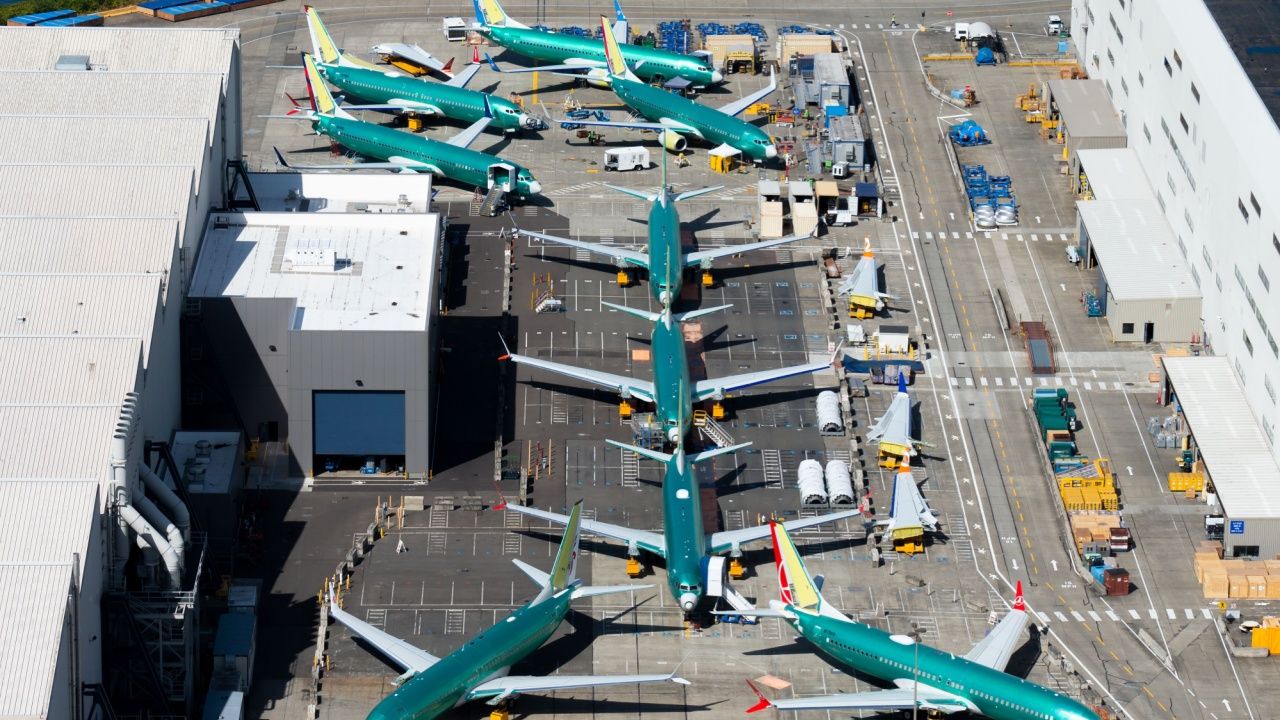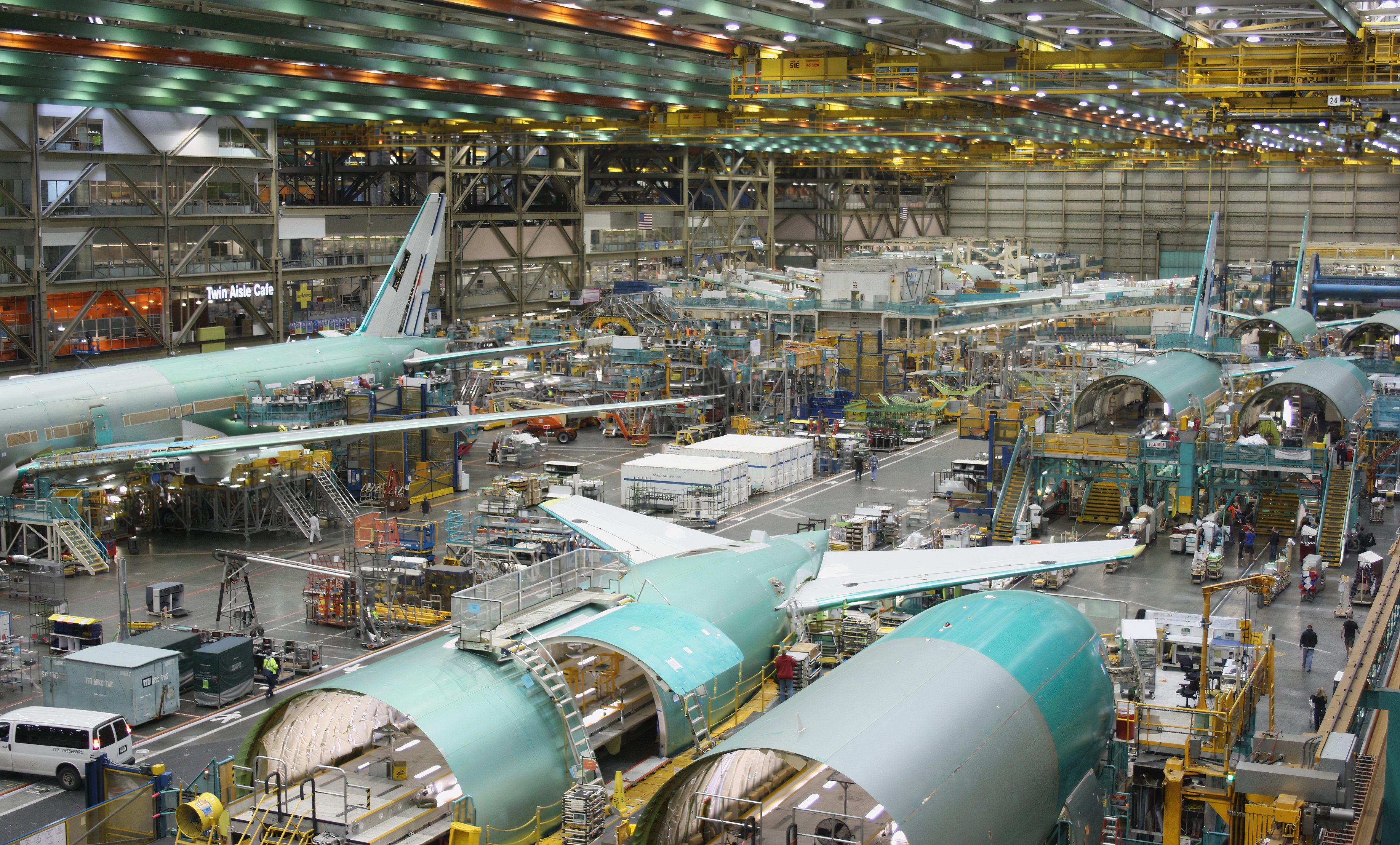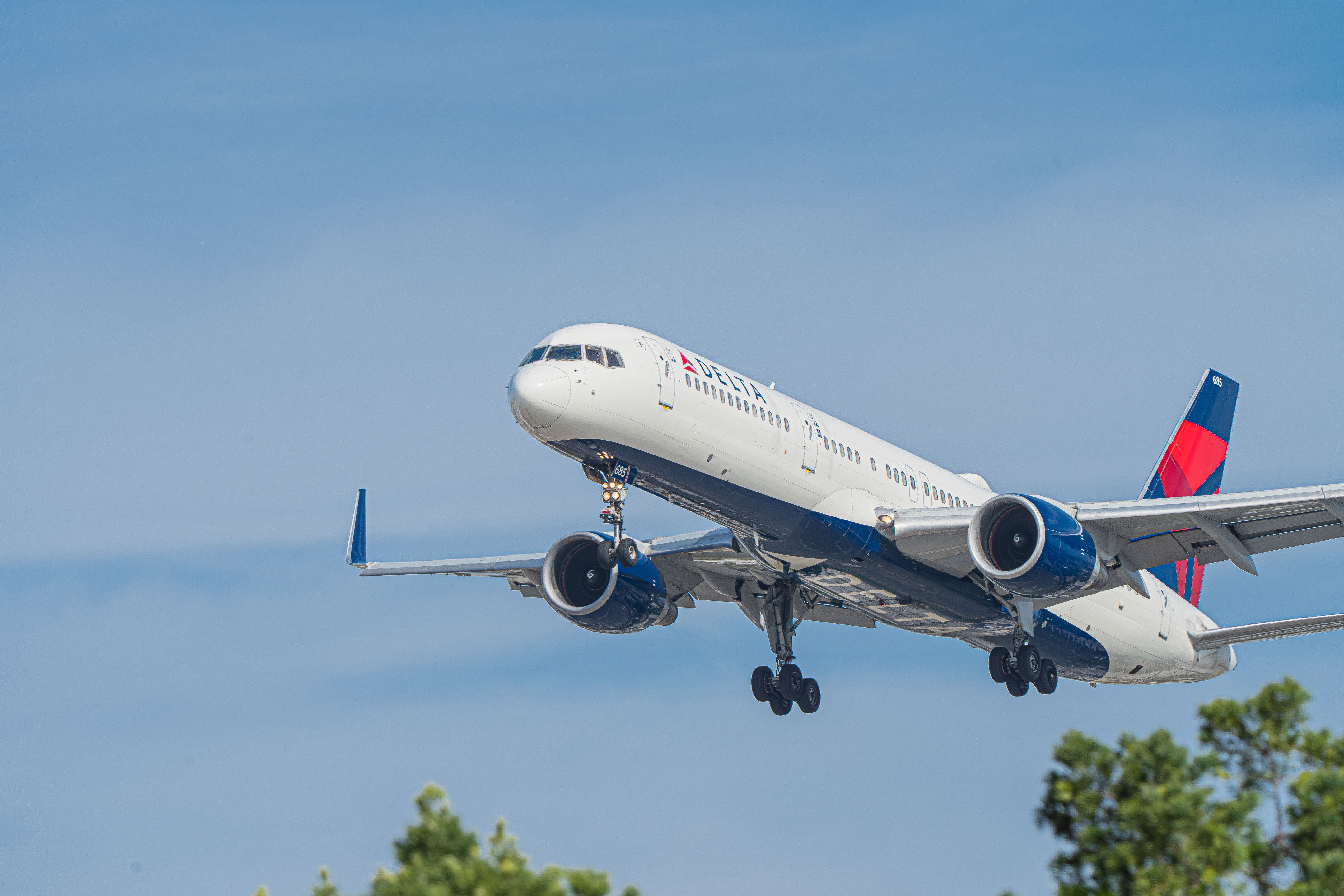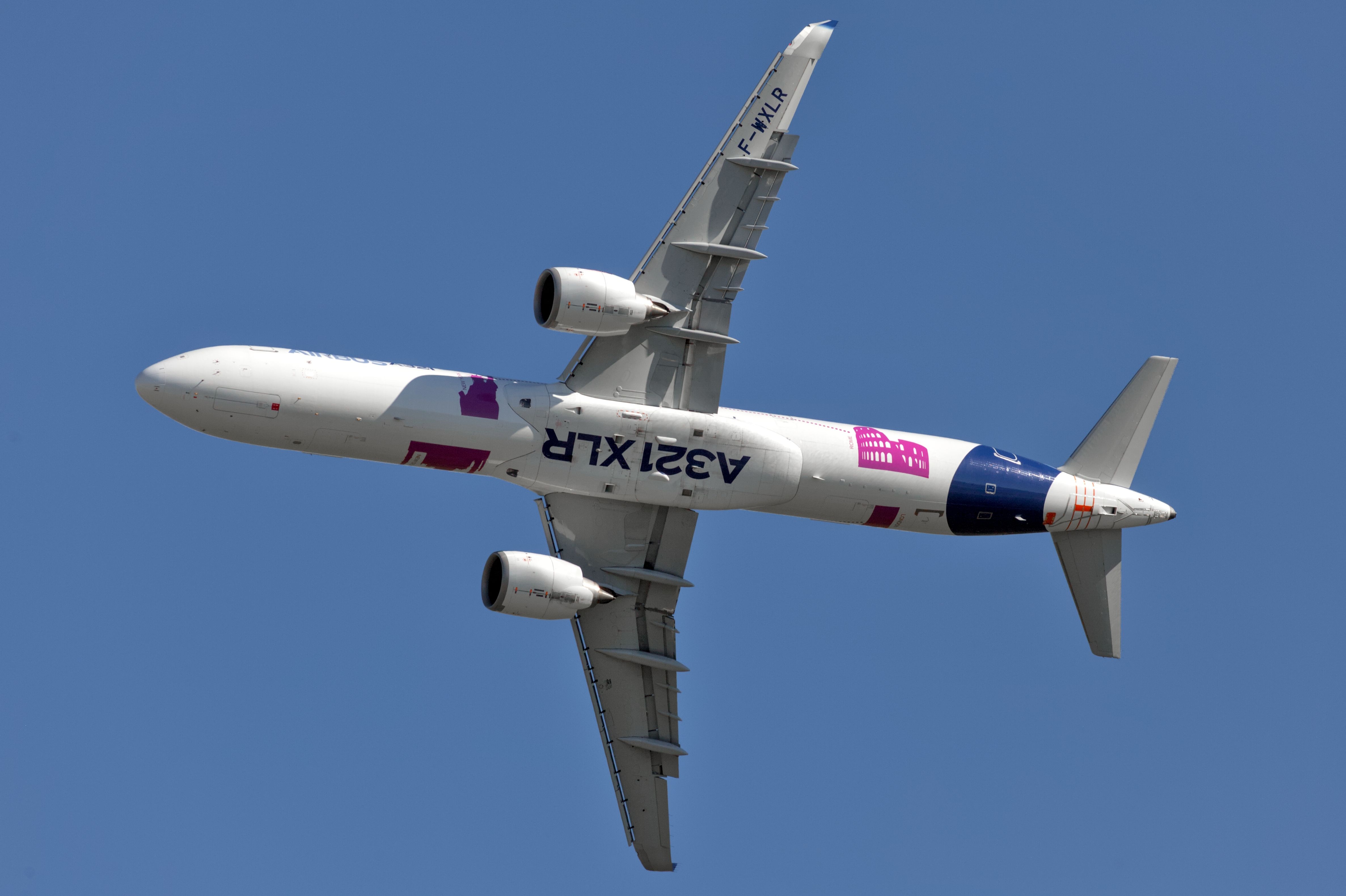Summary
- Boeing aimed to bridge the gap between 737s and Dreamliners with the 797 mid-size jet.
- It aimed to offer passenger comfort and efficiency, using composite materials and advanced tech.
- Delays and competition from Airbus have stalled the project, with the jet now possibly a single-aisle model.
The so-called
Boeing 797
Midsize Aircraft has stirred a lot of debate about what it may look like and whether it will ever be built. A recent
![]() Boeing
Boeing
announcement suggests that “thunderbirds are go,” or at least maybe – eventually. A recent Boeing news release celebrating a historic deal with its employees states that
“Boeing’s next new airplane” will be built in Washington
– a reference widely believed to refer to the Boeing 797. Here is what we know of the Boeing 797 so far.
Replacing the Boeing 757
The
Boeing 757 is generally regarded as an excellent aircraft (at least by the pilots)
. But production ended in 2004 after a little over 1,000 aircraft had been built as Boeing focused on its smaller 737 family. This has left a perceived gap in the market between the smaller
Boeing 737 Max
family and the larger
Boeing 787 Dreamliner
family.
Photo: First Class Photography | Shutterstock
Boeing investigated the feasibility of designing such a jet to replace its Boeing 757s and 767s. Third-party estimates suggest that the demand for a mid-sized jet between the 737 and 787 is between 2,000 and 4,000 aircraft (Boeing believes the demand to be at the higher end). Boeing decided the market was large enough to pursue the concept in 2015, and in 2017, multiple airlines expressed their interest.
“And it’s why we’re excited that, as part of the contract, our team in the Puget Sound region will build Boeing’s next new airplane.” – Boeing
|
Concept of the Boeing 797 Midsized jet |
|
|---|---|
|
Capacity: |
225-275 passengers |
|
Range: |
4,500 to 5,000 nautical miles |
|
Demand: |
Up to 4,000 jets |
|
Replace: |
Boeing 757 / Boeing 767 |
|
Aisles: |
Possibly single-aisle (not finalized) |
|
Composites: |
Extensive use of composite materials in fuselage and wings |
The jet was envisioned to offer greater comfort for passengers, with larger overhead bins, wider seats, and a more spacious cabin. However, the project was negatively affected by the COVID-19 pandemic and intense competition from Airbus.
A twin aisle-mid size jet
At first, Boeing was reported to be investigating building a larger mid-sized jet with two aisles, seven-abreast, and an elliptical cross-section.
|
Boeing 797 Mid-sized jet timeline: |
|
|---|---|
|
2015: |
Boeing assesses significant demand for mid-sized aircraft |
|
2017: |
Multiple airlines express interest |
|
2020: |
Boeing puts development on hold, goes back to the drawing board |
|
2021: |
Boeing appears to revive the idea as a single-aisle aircraft |
|
2022: |
Boeing indicates it will weight a couple of years for progress to be made on next-gen engines |
|
2024: |
Boeing appears to announce the jet will be made in Washington |
|
2030s: |
Expected period the Boeing 797 will enter service |
Early reports suggested the 797 would have two versions—a 225-seater version with a 5,000-navigable mile range and a 275-seater with a 4,500-navigable mile range. The jet was expected to cost around $65 or $75 million each and generate around 30% more revenue than existing narrowbodies. It was expected to be powered by 50,000 lbf. turbofan engines by Pratt & Whitney or GE Aviation/CFM International.
Photo: Lukas Souza | Simple Flying
Notably, the jet would extensively use composite materials and technological advantages, bringing trip costs down by around 40% relative to the widebodies it would replace. Being more efficient not only helps to bring costs down but also helps airlines reduce their carbon emissions.
A single aisle-mid-sized jet
In January 2020, Boeing’s CEO David Calhoun announced it was putting the jet’s plans on hold and going back to the drawing board. This was driven in part by the successful Airbus A321XLR launching into the market segment in 2019.
Icelandair has announced it will retire its 757s and replace them with A321XLRs
.
Boeing and Airbus tend not to compete with each other directly for exactly the same market—instead, they try to offer different-sized aircraft tailored to different market segments. One excellent example was the A380, which offers a full double-deck, while the Boeing 747 offers a half-upper double-deck.
Photo: PhotographerKevin360 | Shutterstock
In 2021, Boeing appeared to have revived the project, but as a single-aisle jet, it was a bit larger than the 737 MAX. Boeing’s disasters with the 737 MAX crashes have also highlighted the risks and difficulty of bringing new aircraft into service. Some have suggested that Boeing has no choice but to develop a new mid-sized aircraft if it wants to avoid losing market share to Airbus.
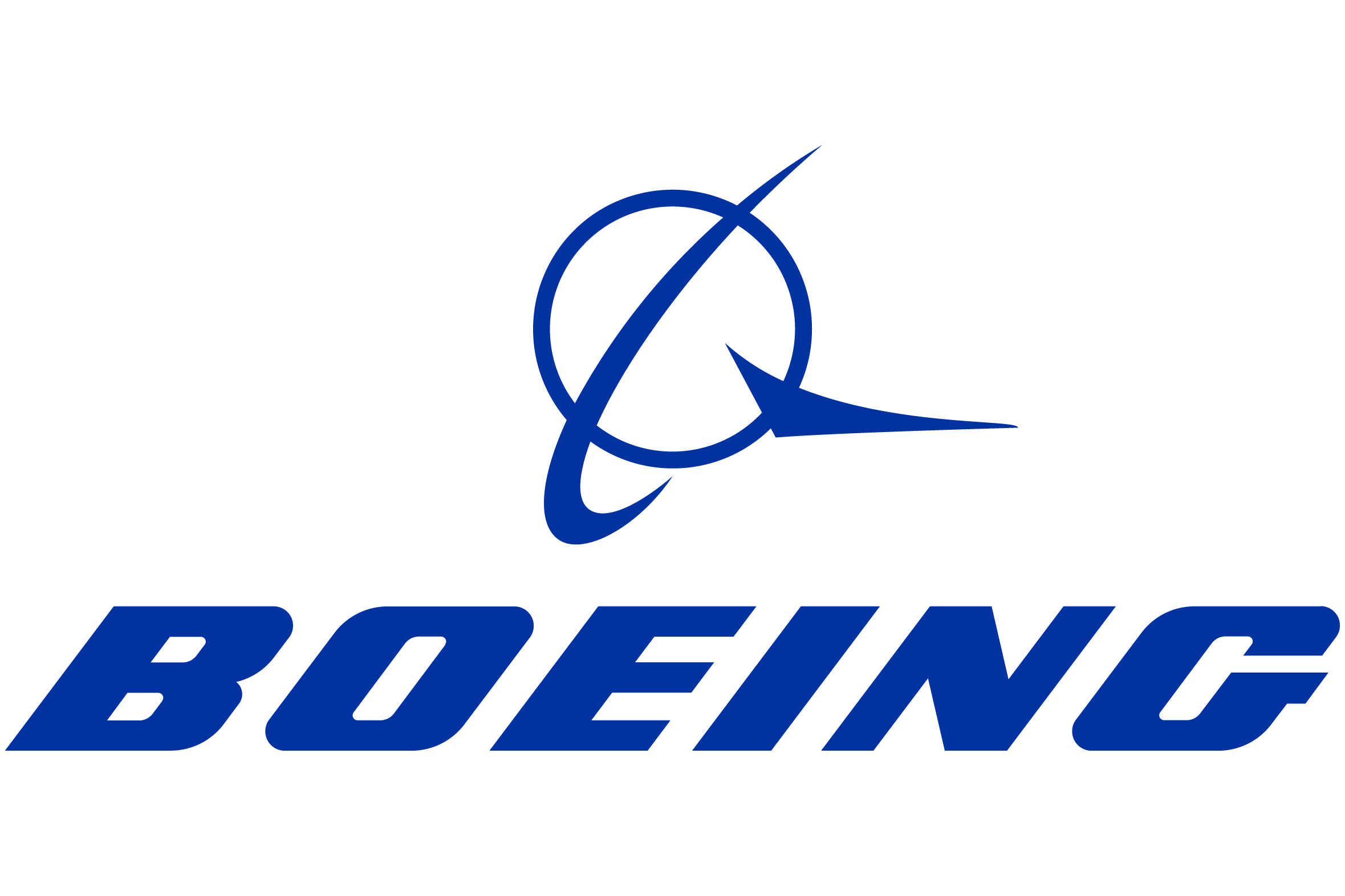
Boeing
- Stock Code
-
BA
- Business Type
-
Planemaker
- Date Founded
-
July 15, 1916
- Headquarters Location
-
Chicago, USA
If the jet goes into production, it will likely not be in service before the 2030s. The costs of developing a new jet are formidable—the Boeing 797 is thought to cost up to $25 billion to develop. Boeing may hold off on the jet until other new technologies (like next-generation engines) mature. Boeing may also feel its money is better spent getting its MAXs in order. The company is also busy
developing the 777X program (expected to come into service in 2026)
.

